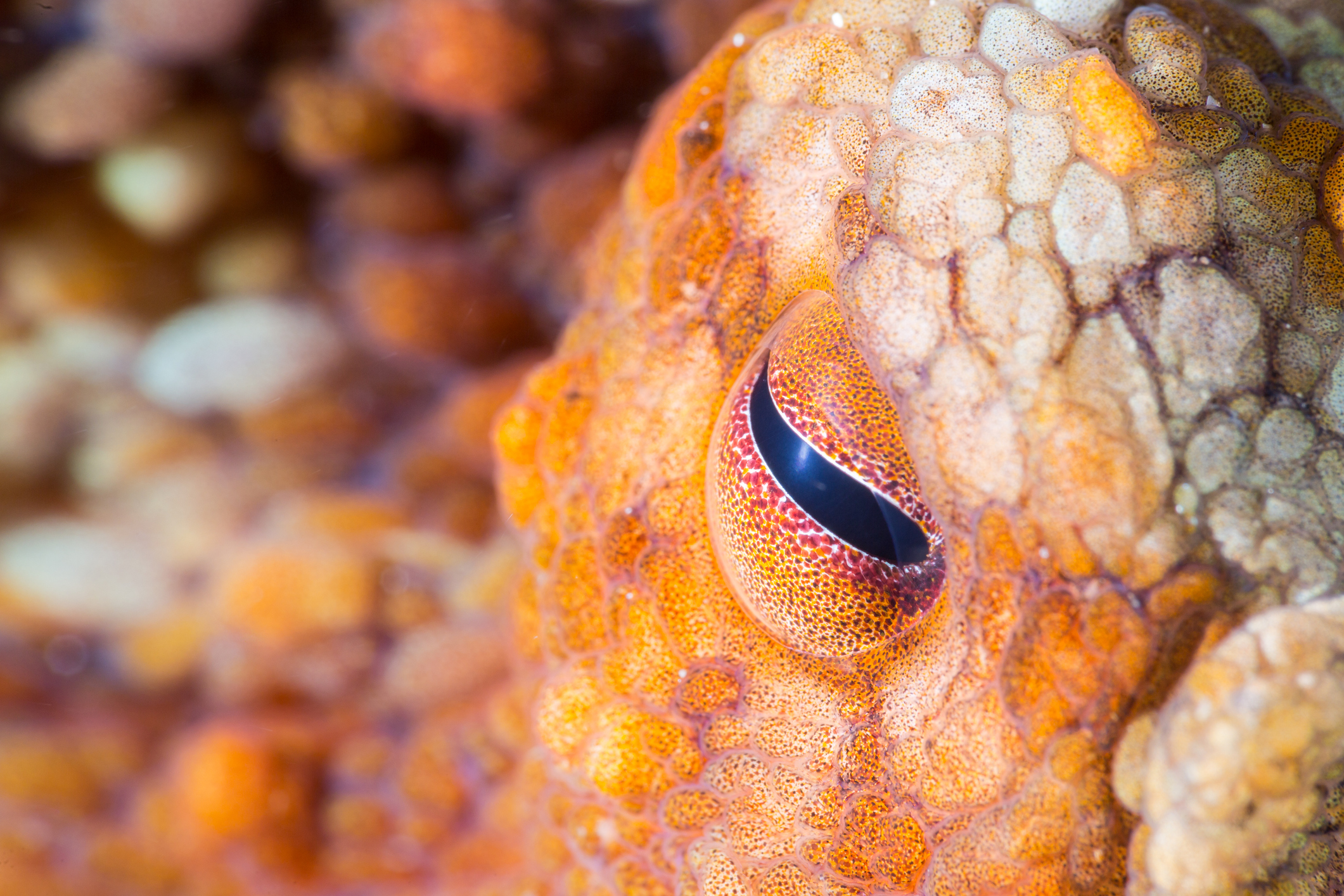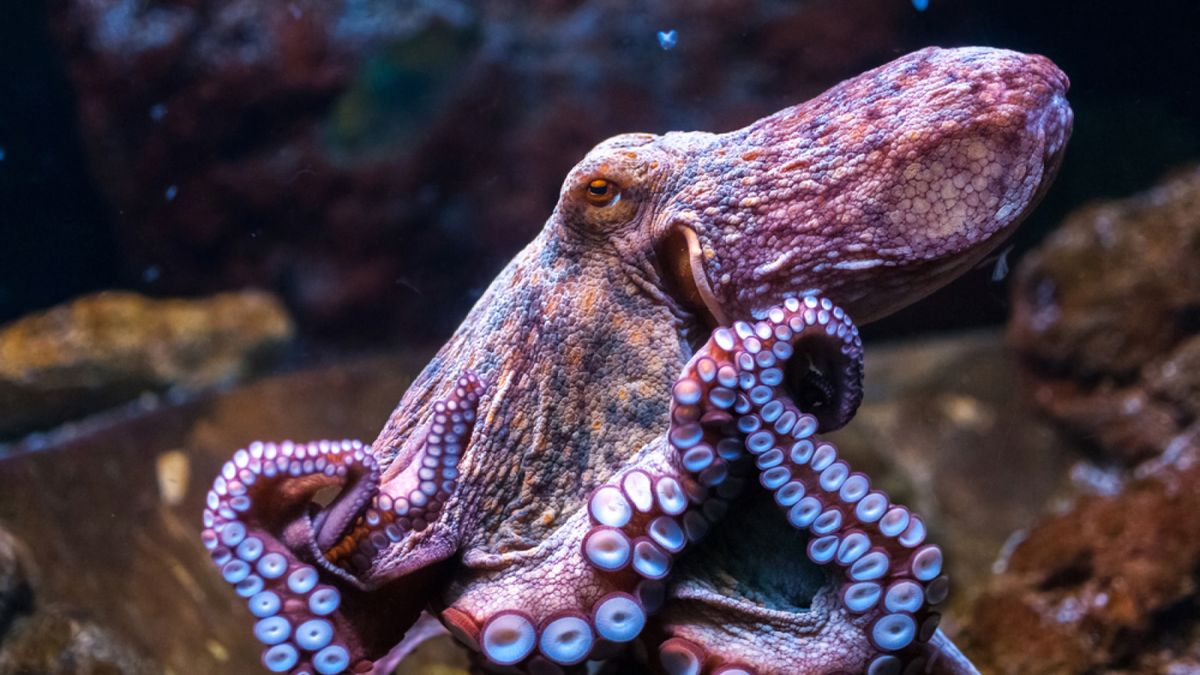The oldest known sex chromosome in animals has been discovered, pushing back the date for the evolution of sex chromosomes to between 248 million and 455 million years ago.
The ancient chromosome was found in octopus and squid, suggesting that these may have been among the first animals to determine their sex via genetic blueprint, instead of environmental cues.
Sex chromosomes are standard in mammals. In humans, the sex chromosomes are X and Y. Males usually have an X and a Y chromosome, while females have two Xs, although there are some variations, such as XXX or XXY, which can have a wide range of impacts from no effect at all to certain learning disabilities or neurological differences.
For a long time, researchers weren’t sure whether cephalopods, the soft-bodied mollusks that include squid and octopuses, determined their sex with chromosomes. Mollusks have a variety of ways to handle reproduction, including hermaphroditism or sequential hermaphroditism, in which individuals swap sexes over time.
Octopuses stick to one sex, but it wasn’t clear whether genes or environmental cues determined what sex that would be. In some reptiles and fish, factors like temperature decide the sex of offspring.
Related: Octopuses torture and eat themselves after mating. Science finally knows why.
In 2015, researchers completed the first full gene sequence of a cephalopod, the California two-spot octopus (Octopus bimaculoides). That sequence still included gaps, though, so a team led by Andrew Kern, a biologist at the University of Oregon, set about filling them in with high-fidelity sequencing.

Researchers discovered the chromosome after completing the full gene sequence of the California two-spot octopus. (Image credit: Brent Durand/Getty Images)
They soon noticed that one chromosome, chromosome 17, seemed less filled-out with genes than the other chromosomes in their sequence. Because they had sequenced a female octopus, they compared their results to the earlier individual, a male. In the case of the male, chromosome 17 looked no less populated than other chromosomes in the octopus.
This was a clue that chromosome 17 might have something to do with sex differences. To confirm, the team sequenced four more octopuses, two male and two female, and confirmed that females have just one copy of chromosome 17, while males have two. Thus, they represent the octopus sex chromosomes not as XY and XX as in humans, but as ZZ and Z0.
The researchers then compared their octopus genomes to the genomes of three other octopus species, three species of squid, and the chambered nautilus (Nautilus pompilius).
They found the ZZ/Z0 pattern in the squid and the octopus, but not in the nautilus, a more distantly related species. This showed that the sex chromosomes evolved after the split between the nautilus line and the line leading to modern squid and octopus, which occurred between 455 million and 248 million years ago.
“This is an astoundingly long time for a sex chromosome to be preserved,” the researchers wrote in their paper, which is now available pre-peer review on the preprint website BioArxiv.
Prior to this research, the oldest confirmed sex chromosome was in sturgeon fish, according to Nature News, with an age of about 180 million years.


